MANUFACTURING INDUSTRIES
Manufacturing Industries is the chapter from Social Science that covers the syllabus of class 10th with basic idea of Industry in India and it’s effect .location etc
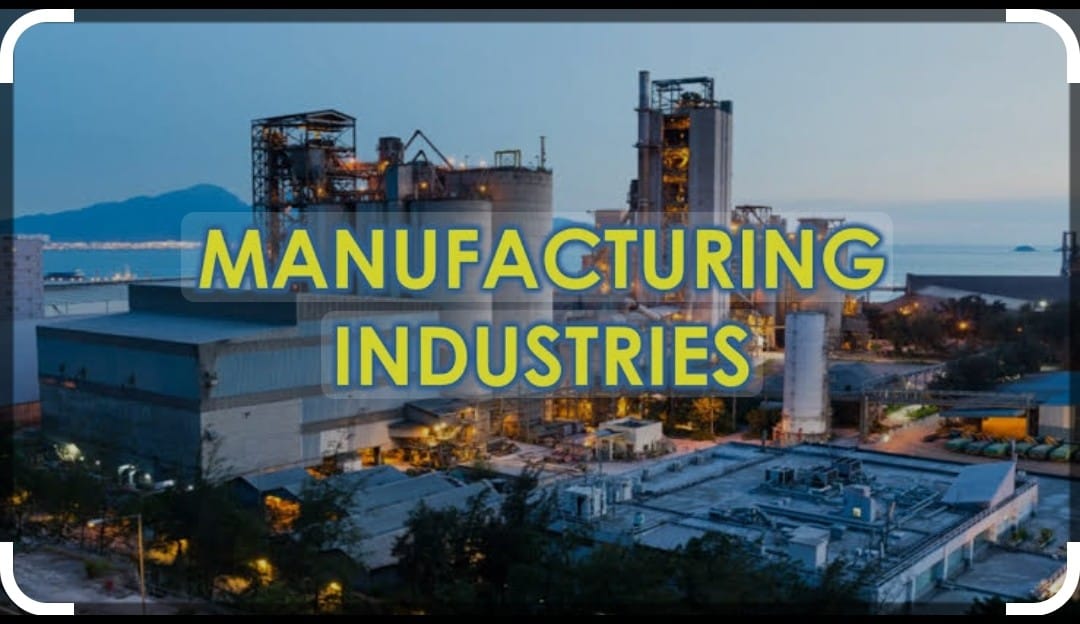
Production of goods in large quantity after processing from raw materials to valuable products is called manufacturing and Manufacturing involves converting raw materials into finished products using machines and labor.
Example: Paper from wood, sugar from sugarcane, iron and steel from iron ore .The people employed in the secondary sector fall in this category.
The economic strength is measured by the development of manufacturing industries.
IMPORTANCE OF MANUFACTURING:
a) It helps in modernising agriculture which is the backbone of the economy reduces the dependence on agriculture income by providing them employment in secondary and tertiary sectors.
b) The public sectors and joint sectors ventures were focused with the aim of eradication of unemployment from the country.
c) Export of goods expand the trade and commerce with much foreign exchange.
d) India’s prosperity lies in increasing and diversifying it’s manufacturing industries.
e) It Contributes significantly to India’s GDP
f) It provides employment opportunities in agriculture that helps in modernizing agriculture ,finally reduces dependency on imports.
It is known that agriculture and industry depend on each other agro -industries in India have given a major boost to agriculture by raising its productivity through means of irrigation pumps, fertilizers,insecticudes ,pesticides ,plastics , and PVC pipes machines and tools. For globalisation industry needs to be more efficient and competitive.
Agro-based Industries: Food processing, textile, sugar, edible oils.
There are some physical factors responsible for location of industry they are
i)favorable climate
ii) availability of raw material
iii) source of energy
iv)Human factors for the location of industry are basic structure, enterprises ,
v)Government policies ,labour, capital, market
vi)means of transport /communication.
CLASSIFICATION OF INDUSTRIES:
Many manufactured products are transistors, electric bulbs, vegetable oil, cement, glassware, petrol, matches , scooters, automobiles medicines etc. Industries may be classified as
a) On the basis source of raw material:
Agro based such as cotton, Woollen, jute, silk textile, rubber and sugar, tea coffee, edible oil.
iron and steel, aluminum machine and tools, petrochemicals.
b) Main Role basis:
Basic industries supply their products raw material to manufacture products iron steel and copper, aluminum smelting.
CONSUMER INDUSTRIES produce the goods directly used by consumers such as sugar ,toothpaste ,paper sewing machine.
c) ON BASIS INVESTMENT:
Small scale industry at present the maximum investment allowed is rupees one crore for large scale industry this is minimum amount.
d) ON BASIS OWNERSHIP:
Public sectors owned by government such as BHEL ,SAIL
,Private sectors owned by individuals or group of individuals such TISCO ,BAJAJ AUTO, DABUR INDUSTRIES,
Joint sectors which are jointly run by individuals, group and state government such OIL INDIA LTD BHARAT PETROLEUM.
CO – OPERATIVE sector industries are owned and operated by the producers or suppliers of raw materials ,workers or both they pool their resources share the profits or loses proportionately such as AMUL or MOTHER DIARY.
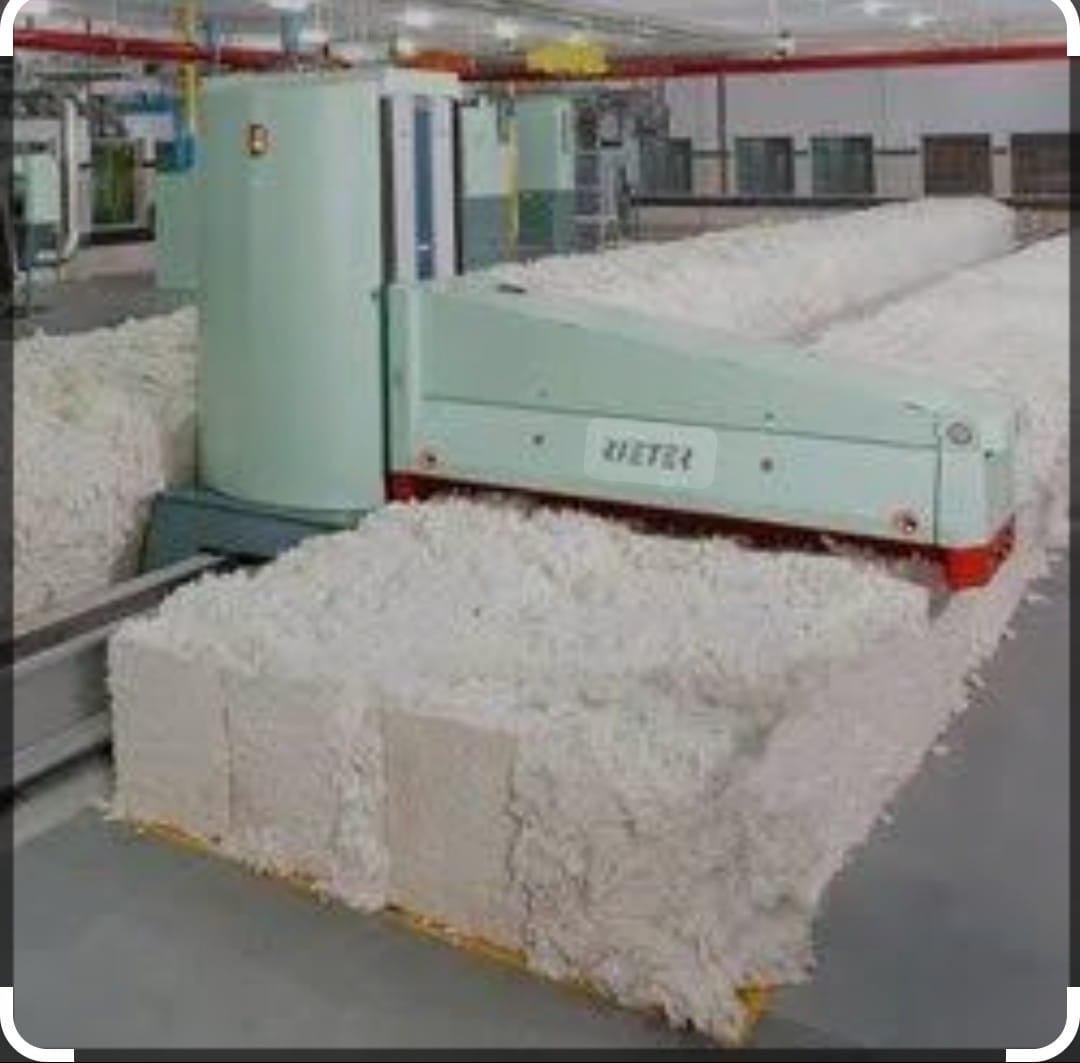
COTTON TEXTILE INDUSTRY :
It has unique position in Indian economy with respect to employments and foreign exchange earnings. In the olden time cotton textile were produced with hands spinning and handloom weaving methods.
First textile mill was established in Mumbai in 1854 ,during First world war this industry boosted .These mills mostly in Maharashtra ,Tami Nadu and Gujarat due to availability of suitable climate, raw material ,market ,labour and transport facilities.
The industry have close link with agriculture, cotton ball puckers, workers engaged in ginning ,spinning ,weaving ,dyeing ,designing ,packaging tailoring sewing etc. Not only Cotton, Silk , Zari ,Embroidery have world class production. The handspun khadi provides large scale employment.
JUTE TEXTILE :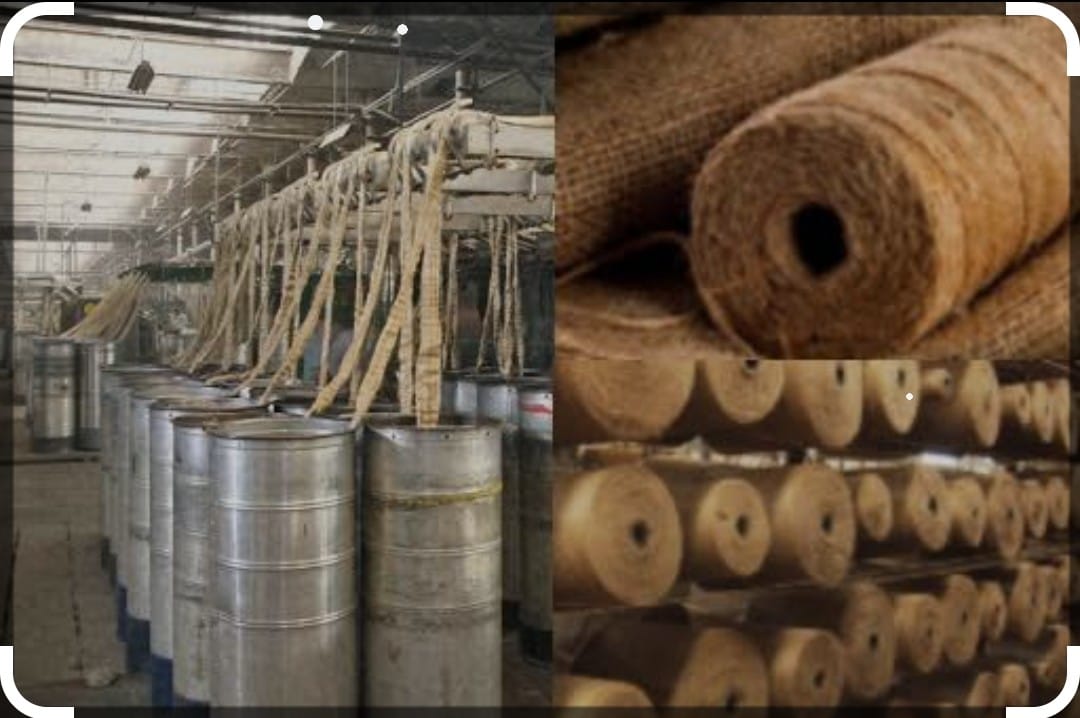
Largest producers of raw jute and 2nd largest producer of jute goods after Bangladesh most of mills located in West Bengal on the bank of the Hugli River which is most , inexpensive transport supported by railways roadways and waterways along with cheap labour getting from Bihar Odisha and UP.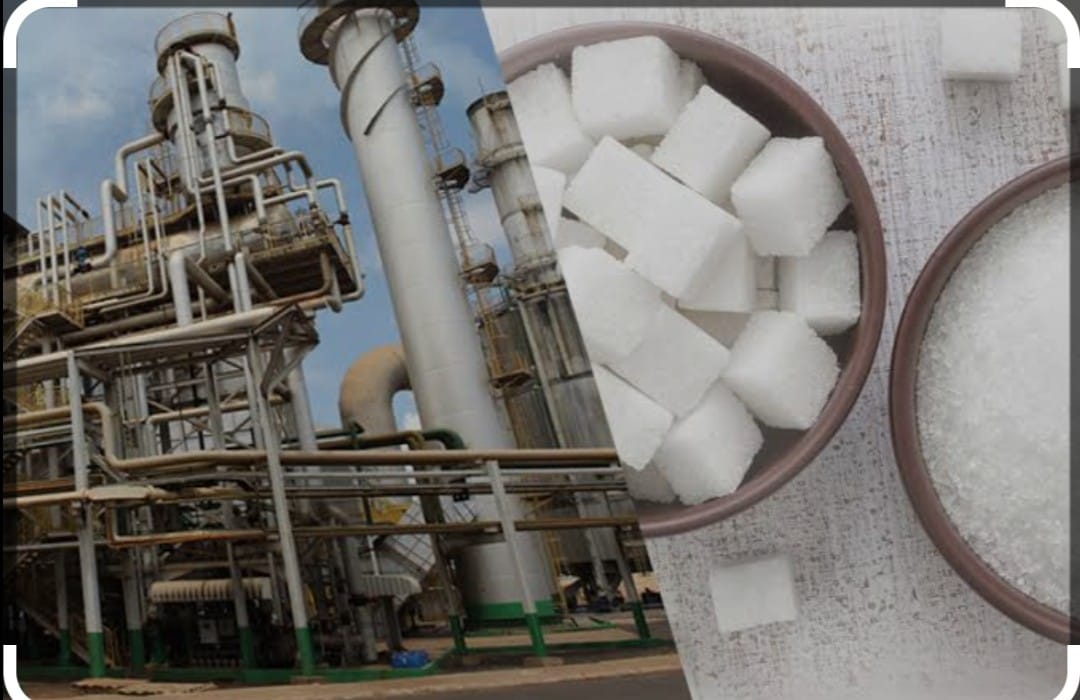
SUGAR INDUSTRY:
India is the 2nd larger producer in the world and largest producer of gur and khandsari . the mills are located in UP Bihar Maharashtra, Karnataka Tamil Nadu Andhra Pradesh, Gujarat Punjab, Haryana MP 60% are in UP and Bihar. Major mills concentrate in south and western states because the crane produced has higher sucrose content.
MINERAL BASED INDUSTRY:
IRON AND STEEL INDUSTRY is the basic industry all kind of industry depends upon it such as engineering goods, construction material defense, medical, telephone scientific equipment etc. It is the index of economic development. It is heavy industry. Iron ore ,coke ,coal and limestone are needed to manufacture iron and manganese to make steel.
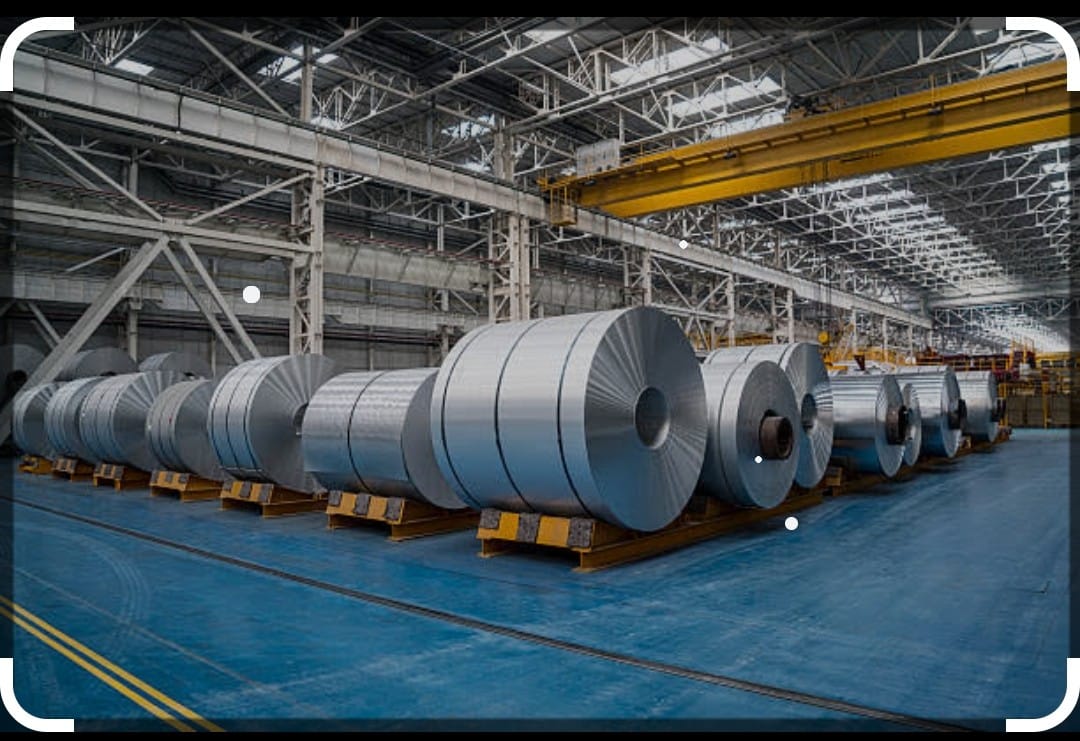
CHHOTANAGPUR PLATEAU is the region of maximum concentration of iron and steel industries because of low cost of iron ore, high grade of raw material, cheap labour are present.
ALUMINIUM SMELTING:
It is the most important metallurgical industry, very light, resistant to corrosion, good conductor of heat and electricity malleable in nature becomes very strong when mixed with other metals mostly used in manufacture of aircraft, utensils and wire.
It’s smelting is done in Odisha, West Bengal Kerala ,UP,Chhatisgrah ,Maharashtra , Tamil Nadu Bauxite the raw material for smelting is dark reddish rock.
CHEMICAL INDUSTRY:
Both organic and inorganic types of chemicals are produced in our country. Organic chemicals include petrochemicals which are used for manufacturing the synthetic fibers, rubber plastics dye stuff drugs and pharmaceuticals.
Inorganic chemica.ls as sulphuric acid nitric acid alkaline or soda ash .the chemical industry contribute 3% in GDP 3rd largest producer in Asia and 12th largest in world
FERTILISER INDUSTRY:
The fertilize industry ,is centered around the production of nitrogenous fertilizers called urea, Phosphate fertilizer, ammonium phosphate DAP and complex fertilizers production of potash which is being imported as our country do not have any reserve of commercial useable potassium compounds. After green revolution the industry expanded to Gujarat, Tamil Nadu UP Punjab Kerala etc.
CEMENT INDUSTRY:
Most important industry for the construction of building, factories, bridges ,roads ,dams etc. require heavy raw material like limestone, gypsum coal and power mostly produced in Gujarat.
AUTOMOBILE INDUSTRY:
It provides vehicle for quick transport of goods services and passengers by buses ,trucks , cars , motorcycle scooters. mostly in Delhi, Gurugram Mumbai Chennai Kolkata Lucknow.
IT INDUSTRY:
The electronic industry covers the products such as transistors TV, telephones cellular phones telecom radars computers etc. this industry is concentrated at Bengaluru, Nodia Mumbai Chennai Hyderabad, Pune. The growth in Hardware and software is the key success of IT industry.
INDUSTRIAL POLLUTION AND ENVIROMENTAL DEGRADATION.:
Four types of pollution are noticed
a) Air pollution undesirable fossil fuel is given out like Sulphur di oxide, carbon mono oxide smoke given out by chemical industry burning of fossil fuels.
b) Water pollution discharge of industrial waste into rivers by chemical, paper and pulp dyeing or petroleum industry
c) Thermal pollution in which hot water discharge by factories into rivers without cooling which affect to aquatic life negatively. Dumping of chemicals and glass spoil the soil of the place.
d) Noise pollution causes irritation ,anger ,hearing impairment increase in heart rate and blood pressure unwanted sound create such problems due to industralisation.
CONTROL OF ENVIROMENT DEGRADATION:
Minimizing use of water for processing by Reusing and Recycling., Harvesting rainwater, treatment of hot water and effluents before releasing into rivers/ponds either mechanically such as screening grinding or biologically by recycling, use of renewable sources of energy.
Conclusion : Manufacturing Industry
In the Manufacturing industry the most important are the Factors affecting location of industries are availability of raw materials, Proximity to markets along with transportation facilities and Labor availability .The most important Industrial Region in India are Mumbai-Pune , Hugli region and Bangalore-Tamil Nadu region besides Manufacturing Industries have to face the challenges of Environmental pollution with uneven regional development and global Competitive markets .The Government has to take serious steps in this regard if want to enter into the arena developed economy.
Follow us on: Facebook
Follow us on : Instagram
Read More : Life line of National Economy